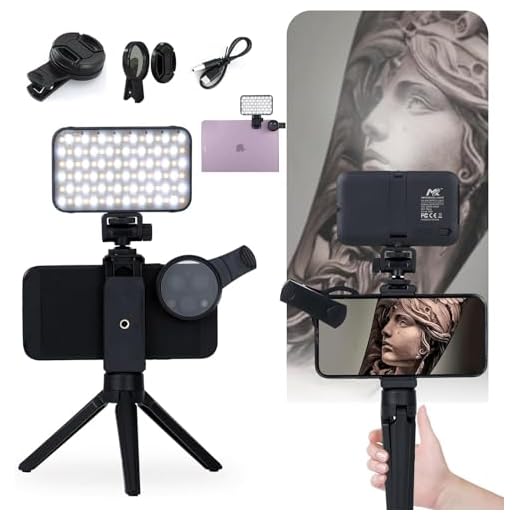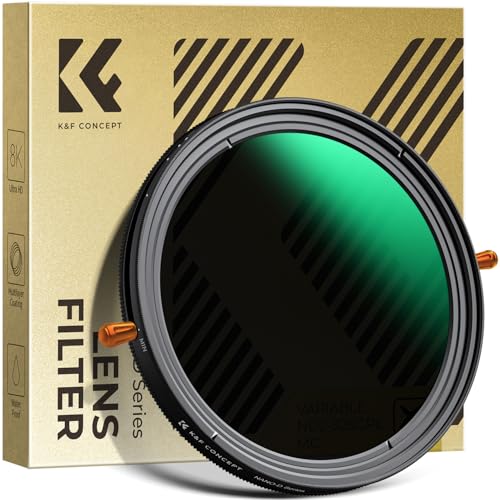


The latest iPhone models have been making waves in the tech world with their triple-camera setup, a significant departure from the single or dual-camera systems seen in earlier versions. But why the need for three cameras on a smartphone?
The addition of a third camera on the new iPhones allows for enhanced photography capabilities, offering users more versatility and options when capturing images. Each camera serves a specific purpose, with one wide-angle lens, one telephoto lens, and one ultra-wide lens, enabling users to take a variety of shots without compromising on quality.
With the three-camera setup, users can capture stunning landscapes, close-up portraits, and detailed shots with ease. The combination of different lenses also improves low-light performance and overall image quality, ensuring that your photos look sharp and vibrant in any setting.
Why New iPhone Has Three Cameras?
Apple has equipped the new iPhone with three cameras to enhance the photography experience for users. The triple-camera system allows for a wide range of photography capabilities, including improved low-light performance, ultra-wide-angle shots, and enhanced zoom features. Each camera serves a specific purpose, working together to deliver stunning images with greater detail and clarity.
The additional cameras also enable advanced computational photography techniques, such as depth mapping and portrait mode effects, creating professional-quality photos with ease. With the three-camera setup, users can capture a wider range of scenes and perspectives, making the new iPhone a versatile tool for both amateur and professional photographers.
The Evolution of iPhone Camera Technology
Since the introduction of the first iPhone in 2007, Apple has continuously improved the camera technology in its devices. Each new iPhone model brings advancements in camera hardware and software, allowing users to capture high-quality photos and videos.
Single Lens to Multiple Lenses
The early iPhone models featured a single lens camera, which was sufficient for basic photography. However, as technology advanced, Apple introduced dual-camera setups, followed by triple-camera systems in the latest models. The multiple lenses allow for various shooting modes and improved image quality.
Enhanced Software Capabilities
In addition to the hardware upgrades, Apple has also focused on enhancing the software capabilities of the iPhone camera. Features like Smart HDR, Night Mode, and Deep Fusion use computational photography techniques to improve image quality in different lighting conditions.
- Smart HDR: Combines multiple exposures to create a single high dynamic range image.
- Night Mode: Uses long exposure times to capture better low-light shots.
- Deep Fusion: Utilizes machine learning to enhance texture and detail in photos.
Overall, the evolution of iPhone camera technology showcases Apple’s commitment to innovation and delivering an exceptional photography experience to its users.
Enhanced Photography Capabilities
The new iPhone with its 3-camera system offers enhanced photography capabilities that enable users to capture stunning photos and videos with greater detail, clarity, and depth. The combination of wide, ultra-wide, and telephoto lenses allows for a wider range of shooting options, from expansive landscapes to up-close portraits. Additionally, advanced computational photography features such as Smart HDR, Night Mode, and Deep Fusion enhance image quality in various lighting conditions, ensuring that every shot is crisp and vibrant.
Improved Low-Light Performance
One of the key reasons why the new iPhone features three cameras is to improve low-light performance. With three cameras working together, the iPhone can capture more light in challenging lighting conditions, resulting in brighter and clearer photos even in dimly lit environments.
Each camera on the iPhone is optimized for different lighting conditions, allowing the device to automatically switch between them to ensure the best possible image quality. This multi-camera setup enhances the overall performance of the iPhone’s camera system, making it a versatile tool for capturing stunning photos in any lighting situation.
Wide-Angle Lens for Creative Shots
One of the key reasons why the new iPhone features three cameras is the inclusion of a wide-angle lens. This lens allows users to capture stunning wide-angle shots, perfect for landscapes, group photos, and architectural photography. The wide-angle lens offers a wider field of view compared to standard lenses, enabling photographers to get more of the scene in the frame without having to step back.
Benefits of Wide-Angle Lens:
1. Creative Perspective: The wide-angle lens opens up new possibilities for creative composition, allowing users to experiment with unique angles and perspectives.
2. Enhanced Depth: By including more of the scene in the frame, the wide-angle lens adds depth to photos, making them more visually engaging.
| Feature | Description |
|---|---|
| Wide Field of View | The wide-angle lens offers a wider field of view, capturing more of the scene in a single shot. |
| Distortion Control | Modern wide-angle lenses are designed to minimize distortion and maintain image quality. |
Telephoto Lens for Zooming In
One of the key reasons why the new iPhone features three cameras is to provide users with an advanced telephoto lens for zooming in on subjects. The telephoto lens allows for optical zoom, which means you can zoom in without losing image quality. This is particularly useful for capturing distant subjects or getting closer to the action without physically moving. The addition of a telephoto lens enhances the overall photography experience on the iPhone, giving users more flexibility and creative control over their shots.
Depth-Sensing Capabilities for Portrait Mode
One of the key reasons why the new iPhone features three cameras is to enhance its depth-sensing capabilities for Portrait Mode. With three cameras working in tandem, the iPhone is able to capture depth information more accurately, allowing for better separation of the subject from the background.
Improved Bokeh Effect
The additional camera enables the iPhone to create a more natural and pleasing bokeh effect in Portrait Mode photos. The enhanced depth-sensing capabilities result in a more realistic and professional-looking background blur, making the subject stand out even more.
Enhanced Augmented Reality (AR) Experiences
By leveraging the three-camera system for depth sensing, the new iPhone can deliver more immersive and accurate augmented reality experiences. The precise depth information captured by the cameras enables more realistic AR overlays and interactions, enhancing the overall user experience.
| Depth-Sensing Capabilities | Enhanced Bokeh Effect | Augmented Reality Experiences |
Advanced Image Processing Algorithms
One of the key reasons why the new iPhone features three cameras is to leverage advanced image processing algorithms. By combining data from multiple cameras, Apple can employ sophisticated algorithms to enhance image quality, improve low-light performance, and enable advanced computational photography features.
Enhanced Depth Sensing
The multiple cameras on the iPhone allow for enhanced depth sensing capabilities, enabling features like Portrait Mode and advanced augmented reality experiences. By capturing depth information from multiple viewpoints, the iPhone can create more accurate depth maps, resulting in more realistic and immersive AR applications.
Smart HDR and Computational Photography
The use of multiple cameras also enables Apple to implement Smart HDR and other computational photography techniques. By combining data from different cameras, the iPhone can capture a wider dynamic range, reduce noise, and enhance details in both bright and dark areas of an image. This results in stunning photos with improved color accuracy and sharpness.
| Benefit | Description |
|---|---|
| Improved Low-light Performance | Multiple cameras allow for capturing more light information, resulting in better performance in low-light conditions. |
| Optical Zoom | With multiple cameras offering different focal lengths, the iPhone can provide optical zoom capabilities without compromising image quality. |
Multi-Camera Systems for AR and VR Applications
Innovations in smartphone technology, such as the inclusion of multiple cameras on flagship devices like the new iPhone, are driving advancements in augmented reality (AR) and virtual reality (VR) applications. Multi-camera systems offer a range of benefits for AR and VR experiences, including improved depth perception, enhanced image quality, and more immersive interactions.
By utilizing multiple cameras, developers can create more accurate spatial mapping, allowing AR applications to overlay digital information onto the real world with greater precision. In VR environments, multi-camera systems enable users to experience a wider field of view and more realistic 3D rendering, leading to a more engaging and lifelike experience.
As smartphone manufacturers continue to invest in multi-camera technologies, the possibilities for AR and VR applications expand, offering users new ways to interact with digital content and enhancing the overall immersive experience.






